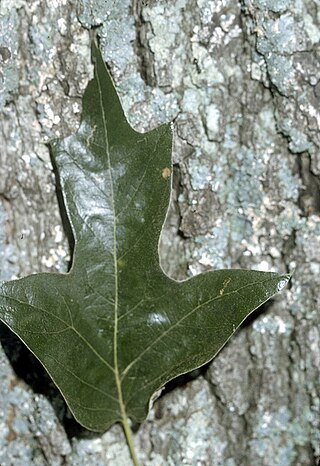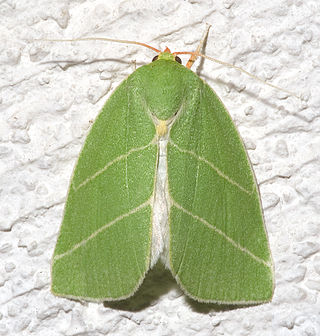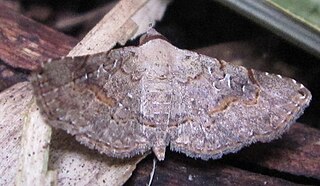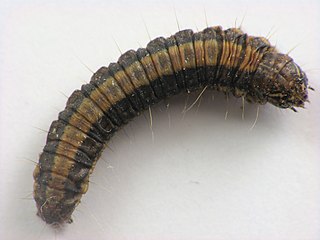
Apollonius of Tyana was a first-century Greek philosopher and religious leader from the town of Tyana, Cappadocia in Roman Anatolia, who spent his life travelling and teaching in the Middle East, North Africa and South Asia. He is a central figure in Neopythagoreanism and was one of the most famous "miracle workers" of his day.
Philostratus or Lucius Flavius Philostratus, called "the Athenian", was a Greek sophist of the Roman imperial period. His father was a minor sophist of the same name. He flourished during the reign of Septimius Severus (193–211) and died during that of Philip the Arab (244–249), probably in Tyre.

Tyana, earlier known as Tuwana during the Syro-Hittite period, and Tuwanuwa under the Hittite Empire, was an ancient city in the Anatolian region of Cappadocia, in modern Kemerhisar, Niğde Province, Central Anatolia, Turkey. It was the capital of a Luwian-speaking Neo-Hittite kingdom in the 1st millennium BC.

Quercus falcata, also called southern red oak, spanish oak, bottomland red oak or three-lobed red oak is an oak. Native to the southeastern United States, it gets its name the "Spanish Oak" as these are the areas of early Spanish colonies, whilst "southern red oak" comes from both its range and leaf color during late summer and fall. The southern red oak is a deciduous angiosperm, so has leaves that die after each growing period and come back in the next period of growth.

Gilbert Carlton Walker was a United States political figure. He served as the 36th Governor of Virginia, first as a Republican provisional governor between 1869 and 1870, and again as a Democrat elected governor from 1870 to 1874. He was the last Republican governor of Virginia until Linwood Holton took office in 1970.
The falcata is a type of sword typical of pre-Roman Iberia. The falcata was used to great effect for warfare in the ancient Iberian peninsula, and is firmly associated with the southern Iberian tribes, among other ancient peoples of Hispania. It was highly prized by the ancient general Hannibal, who equipped Carthaginian troops with it during the Second Punic War.

Niğde is a city and the capital of in the Central Anatolia region of Turkey. It is the seat of Niğde Province and Niğde District. Its population is 170,511 (2022). It lies at an elevation of 1,276 m (4,186 ft).

Orgyia is a genus of tussock moths of the family Erebidae. The genus was described by Ochsenheimer in 1810. The species are cosmopolitan, except for the Neotropical realm.
Cybistra or Kybistra, earlier known as Ḫubišna, was a town of ancient Cappadocia or Cilicia.

Chloephorinae is a subfamily of the moth family Nolidae. It includes, among others, many of the moths known as silver-lines. They are rather similar to some owlet moths (Noctuidae) in appearance and often colored a vivid green, but may also be brown, grey, or white.

Acacia falcata, commonly known as sickle wattle and by other vernacular names including sally, is a perennial shrub or tree native to eastern Australia, which reaches five metres in height and has cream flowers in early winter. It gets its common and scientific name for its sickle-shaped leaves. Hardy and adaptable to cultivation, it is used in regeneration of bushland.

Terastia is a genus of snout moths in the subfamily Spilomelinae of the family Crambidae. It was described by Achille Guenée in 1854 with Terastia meticulosalis as type species. The genus is currently placed in the tribe Margaroniini, where it is closely related to the genera Agathodes and Liopasia.
Pleurona is a genus of moths of the family Erebidae. The genus was erected by Francis Walker in 1866.

Rhesala is a genus of moths of the family Erebidae. The genus was erected by Francis Walker in 1858.
Psalis is a genus of tussock moths in the family Erebidae. The genus was erected by Jacob Hübner in 1823.

Tyana is a genus of moths of the family Nolidae. The genus was erected by Francis Walker in 1866.

The Epipaschiinae are a subfamily of snout moths. More than 720 species are known today, which are found mainly in the tropics and subtropics. Some occur in temperate regions, but the subfamily is apparently completely absent from Europe, at least as native species. A few Epipaschiinae are crop pests that may occasionally become economically significant.

Beara is a genus of moths of the family Nolidae. The genus was erected by Francis Walker in 1866.













